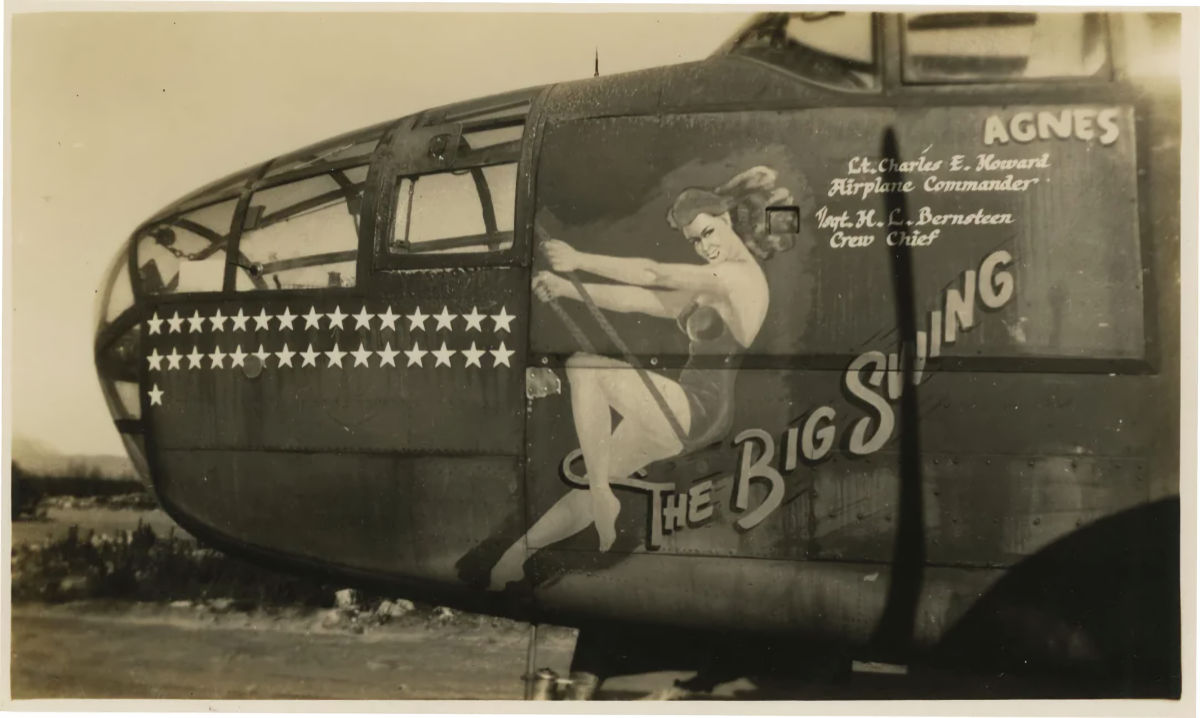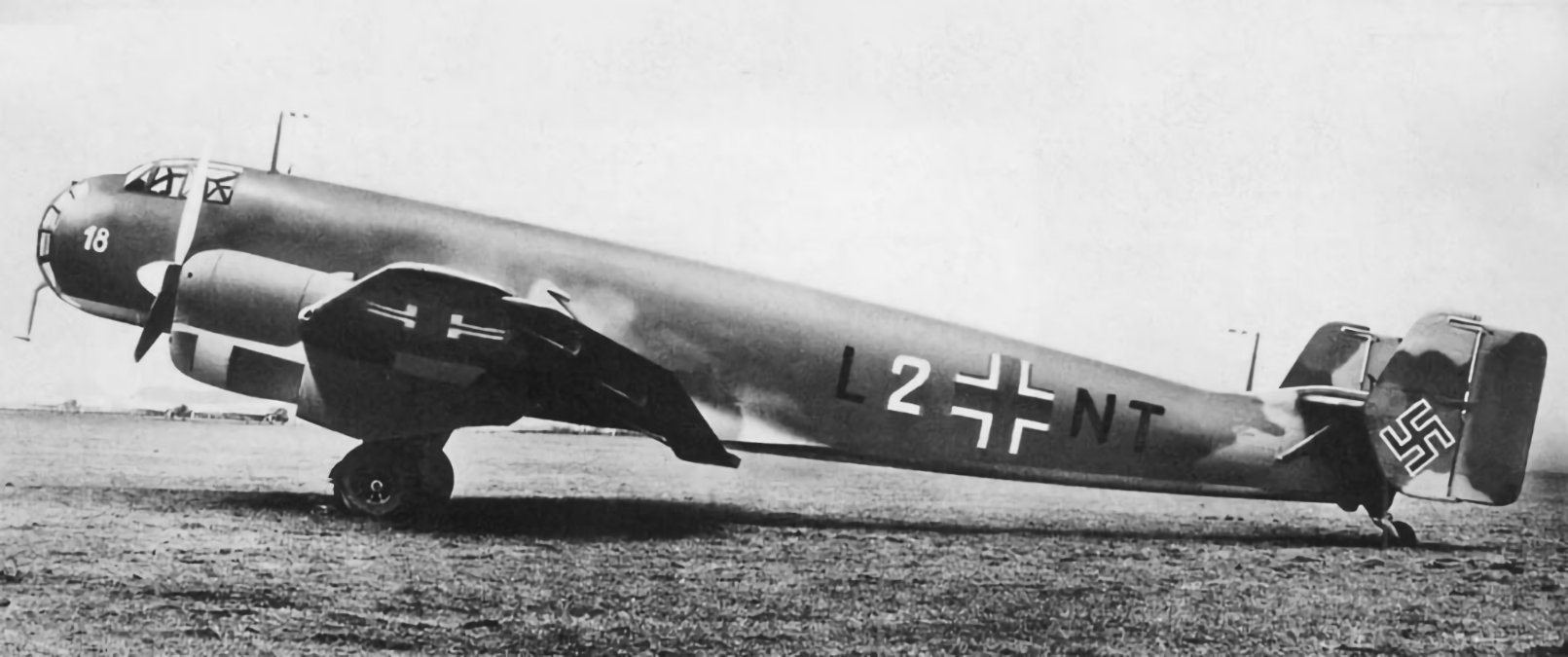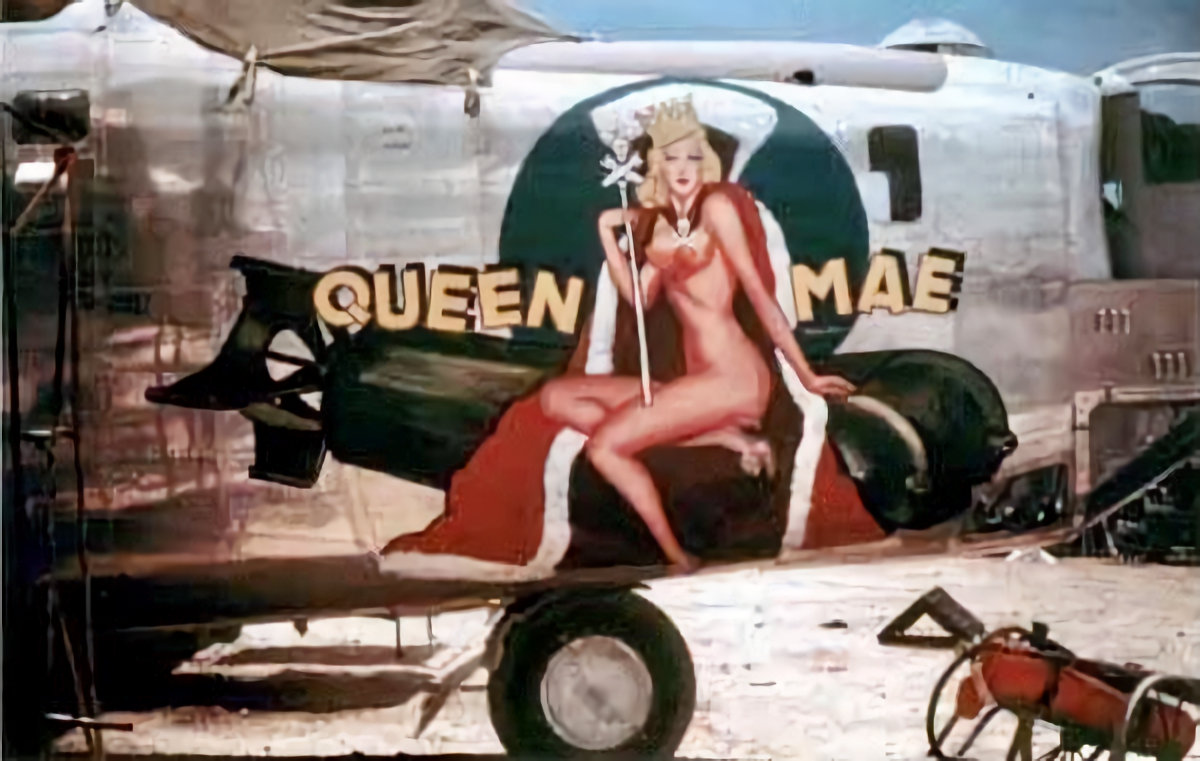Tag: Aircraft
-
North American B-25 Mitchell Nose Art Page 1

North American B-25 Mitchell Nose Art Early Briefing Eatin’ Kitty North American B 25H Mitchell s/n 43 4909 Eatin’ Kitty of the 12th Air Force 12th Bomb Group 82nd Bomb Squadron 44 Eatin’ Kitty Oct 1943 Mexican Spitfire North American B-25D-20 Mitchell “Mexican Spitfire” Serial Number 41-30592 of the 5th Air Force, 345th BG, 500th… Read more
-
Junkers Ju 86 in German Service

Junkers Ju 86 in German Service Designed as both a bomber for the Luftwaffe and transport for Luft Hansa, the Junkers Ju 86 first flew on 4 November 1934. Four Ju 86D bombers were sent to Spain during the Civil War, where it was found that the diesel engines could not withstand rough treatment during… Read more
-
Consolidated B-24 Liberator Nose Art Page 2

Consolidated B-24 Liberator Nose Art Page 2 Old Hickory Old Hickory was a 380th Bomb Group 530th Bomb Squadron s/n 42-40827. It was written off on 1 March 1944 after a crash landing at Fenton, Australia. Our Gal III Our Gal III a Consolidated B-24J-90-CO s/n 42-100313 of the 5th AF, 22nd BG, 33rd BS… Read more